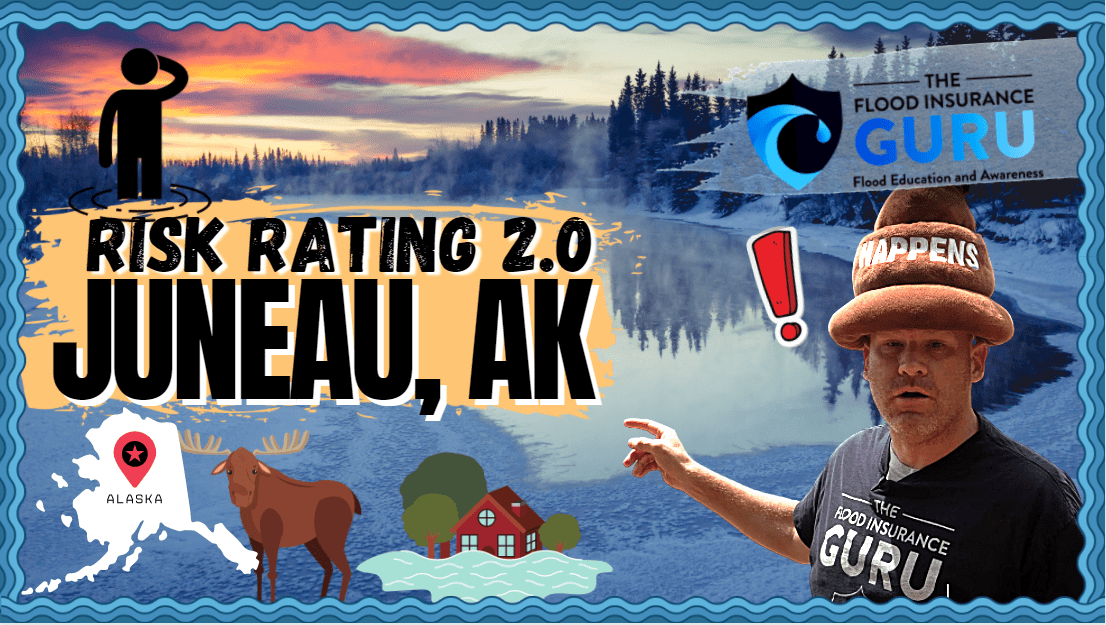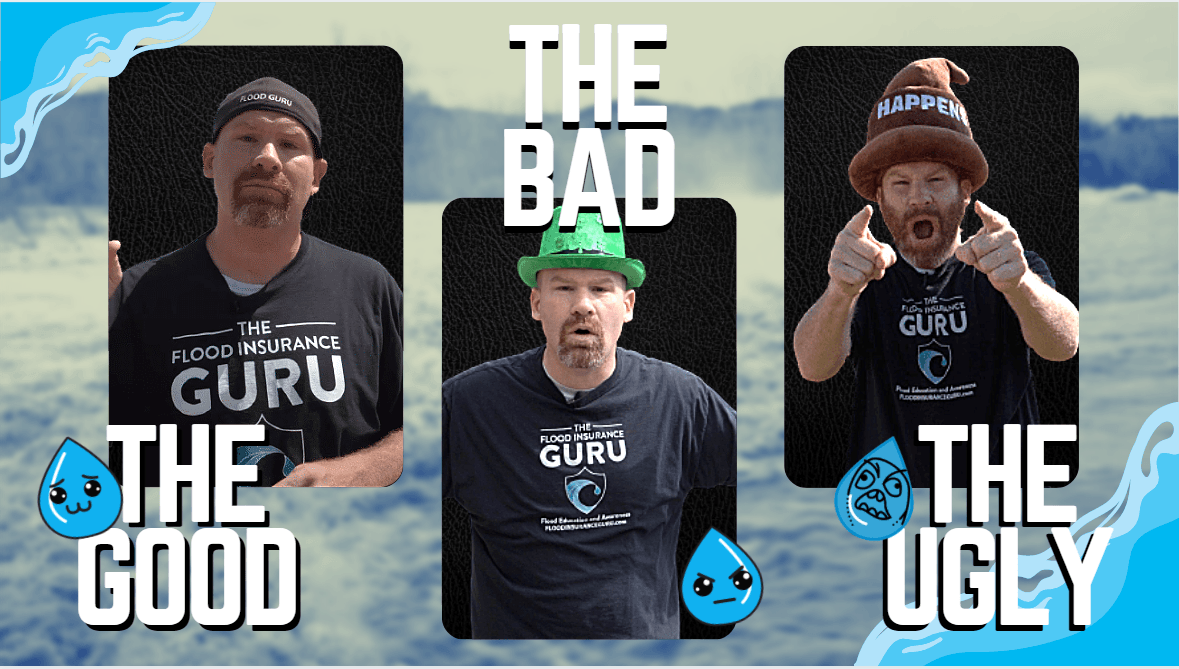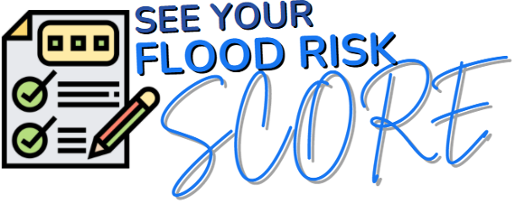Juneau, Alaska: New Federal Flood Insurance Risk Rating 2.0
July 26th, 2021
4 min read
By Chris Greene

We have already dove into the upcoming changes to the flood insurance rate in Alaska statewide in our previous blog. Today, we want to dive deeper into further understanding these changes as we focus on smaller parts of the state, the counties that are most impacted by these upcoming events to the federal flood insurance rates.

In this blog, we'll cover the upcoming flood insurance policy changes to Juneau, Alaska, and understand how we can better prepare for flood insurance changes from the federal government.
Risk Rating 2.0
First, let's go through a brief rundown of the changes coming to the National Flood Insurance Program (NFIP) which is provided by the federal government under the Federal Emergency Management Agency (FEMA). These changes are through what's called the Risk Rating 2.0.
This is what FEMA calls equity in action when it comes to making the cost of flood insurance policies fairer per policyholder. Generally, this is because property values for each individual property will be accounted for when finalizing your quote and flood insurance premiums with the National Flood Insurance Program (NFIP).
It's important to note, however, that this won't mean that the cheapest flood insurance will go automatically to lower-valued homes. It's equally important that we take into account, just like FEMA does and the private flood insurance industry, what's called flood risk variables which includes, but is not limited to the following:
- Designation in the flood zone maps.
- History of flood incidents, flood damage, and flood loss
- Flood claims made with the property
- Flood hazard, the chance of flood, and impact of flooding
- Risk of flood in the area and chance of flooding
- Mitigation efforts made on the property. Is the lowest floor above the base flood elevation? Are there enough flood openings to let flood waters through?
NFIP: Federal Answer to a Flood Event
We encourage everyone to get a flood policy for your properties since flood happens everywhere and most of the time without notice. Regardless of your flood zone, flooding happens everywhere.
However, getting flood insurance is simply the first step in making sure that you're protected since it's equally crucial that you are up-to-date. Think of this one as your favorite app on your phone. Sure, you might have installed it years ago, but if it's not updated it's only going to cause problems long-term for the app you have.
You have private insurance companies building up a community for private flood insurance and also the more widely known federal government and the National Flood Insurance Program (NFIP).

These NFIP flood insurance cover both damages to the building and contents. When we say building, this generally pertains to a residential property or a commercial structure that gets flood coverage that maxes out to $250,000 (up to $500,000 for commercial flood policies only). At the same time, you'll also find contents coverage of $100,000 or the personal property you have listed with the insured building.
FEMA and the NFIP also help in other ways as well since policyholders eligible for their Increased Cost of Compliance (ICC) and what's called the Community Rating System (CRS).
The ICC is an additional $30,000 flood coverage to give way for flood mitigation efforts for the insured property to avoid massive losses from a future flood event. The CRS on the other hand is a community-based rating system that measures the overall flood mitigation efforts made by the community in general; basically, this means that the higher your CRS score is, the bigger the discount.
Today, we want to focus on the good and the bad changes to Anchorage policyholders with FEMA in this new rating methodology. The Risk Rating 2.0 and its changes will be starting this October 1, 2021.

The Good
We want to cover the good things coming to Anchorage first. We'll divide these good changes into two to specify the changes coming to flood insurance rates. This good change will bring an immediate decrease in the premium rates of those impacted. About 88.7% or 282 of the policies in the city will get impacted by this change.
The first half will impact about 72.3% or 230 policies will be getting a decrease that ranges from $0, which means there'll be no change at all, to $50 per month ($0 - $600 per year). The other half of this good change impacts 16.4% or 52 policies which will get a better deal since the decrease ranges from $50 to more than $100 per month ($600-$1200 per year).
This decrease can help a lot of people who might not want to risk the private sector holding back on their services. Generally, since the private flood insurance companies aren't bound by the government's red tapes, they can easily move out of an area once the risk of flooding becomes too uncomfortable for them.
The Bad
Now, let's move into the bad news and bad changes that the Risk Rating 2.0 will bring to residents of Anchorage in Alaska. Only a mere 11% or 35 policies in force from FEMA will get an increase ranging from $0 to $10 per month ($0 - $120 per year). This is drastically smaller compared to other major cities we'll cover across this series.
You may want to prepare for these premium rate increases with this new Risk Rating considering how this portion of bad changes generally covers the bigger chunk of these changes.
This is why it's so important to understand these changes because you want to get the most out of your investment in flood policies when in proportion to the flood insurance coverage you'll get. Nobody would want to pay a higher amount, only to get covered for only $250,000 in a $500,000 home.
As you can see, Anchorage will be one of the cities that will get the best deals out of the risk rating changes.
The Ugly
Lastly, there's also an ugly change coming however this will only impact one policy in the city. This means that only 0.3% will get an increase of about $10 to $20 per month ($120 to $240 per year) on that flood insurance policy's price when it comes to premium rates from FEMA.
When Will It Happen?
Now, the date when you can adopt this program really depends if you're doing a renewal or if it's a new business policy. You see, you can expect these changes to start on October 1st and you're going to adapt to these rate changes if you're buying flood insurance from FEMA on or after that date.
On the other hand, if you're doing a renewal with FEMA after that date then you don't have to take in these new rate changes until April 1st, 2022, or the date of your upcoming policy renewal.
So, you want to be very ready for this. We've been talking about this since last year since basically the NFIP is already 30 years old already and is in need of this change.
If you have questions on these upcoming changes, what are your flood insurance options in Alaska, or anything about flood, reach out to us through the links below. You can also watch this on our YouTube channel.
Remember, we have an educational background in flood mitigation and we want to help you understand flood risks through education and awareness in flood insurance and preparedness.


